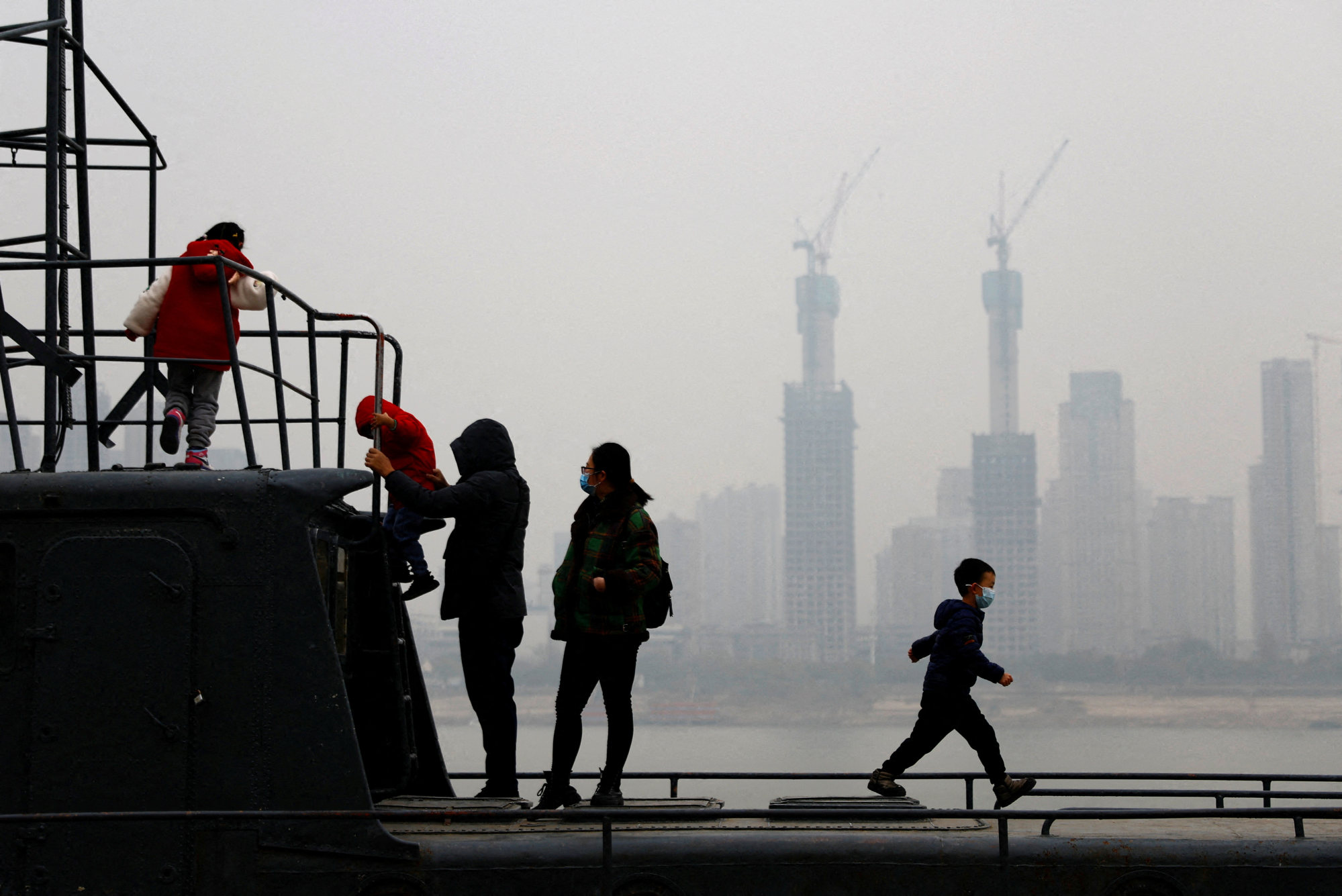
Tech war: China’s top memory chip maker YMTC gets US$7 billion from state-backed investors
- The investment has doubled YMTC’s registered capital to over 105 billion yuan, showing Beijing’s support of the Wuhan-based company
- One of the investors was the Big Fund, China’s primary financing vehicle for home-grown chip start-ups and semiconductor-related enterprises
China’s top memory chip maker Yangtze Memory Technologies Co (YMTC), which was added to a US trade blacklist last year, has received a US$7 billion capital boost from state-backed investors, in a sign that Beijing is doubling down on its efforts to shore up domestic chip production amid growing tensions with the US.
The three latest investors recently injected 49 billion yuan (US$7.1 billion) into YMTC, doubling its registered capital to over 105 billion yuan, according to data from Chinese business registry platform Tianyancha.
Another new investor of YMTC, Changjiang Industry Investment Group, was set up in January 2022 after integrating the resources of several provincial-level investment companies in the chip maker’s home province of Hubei with more than 223 billion yuan capital, according to the group’s website.
The third investor, Hubei Changsheng Development, was set up in 2021 in Wuhan with 42 billion yuan registered capital, according to Tianyancha. It is jointly owned by the Hubei Integrated Circuit Industry Investment Fund, Changjiang Industry Investment Group, and Optics Valley Financial Holding Group, which was established by the Donghu New Technology Development Zone in Wuhan.
Data from Tianyancha did not break down the investment share of each backer.

The additional investment in YMTC comes as China grapples with mounting challenges to its chip ambitions amid an escalating tech war with the US.
Chinese memory chip maker YMTC to test the limits of innovation under US sanctions
NAND Flash is a type of non-volatile storage technology that retains data even without power, which makes it ideal for many electronics devices such as smartphones, tablets, and laptop computers.


